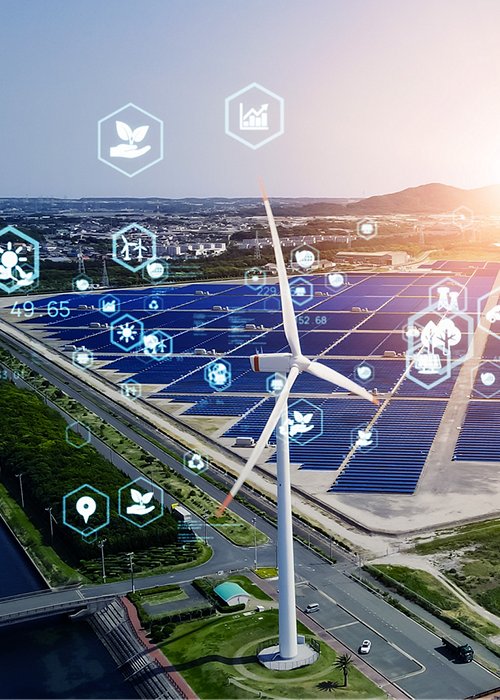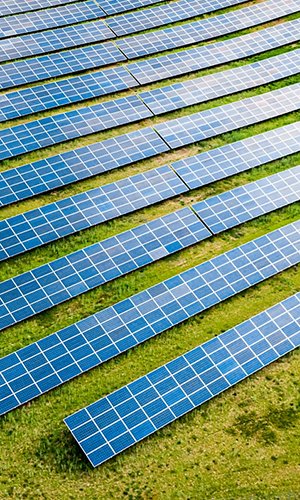All organisms need energy to live. Energy is connected to all human activities: whenever we think or move, we use the energy that is stored in our body and all the objects that we use or that surround us need energy to work or needed energy when they were built. Energy illuminates us and warms our houses, allows us to move, feeds the tools we use to produce food, and so on.



